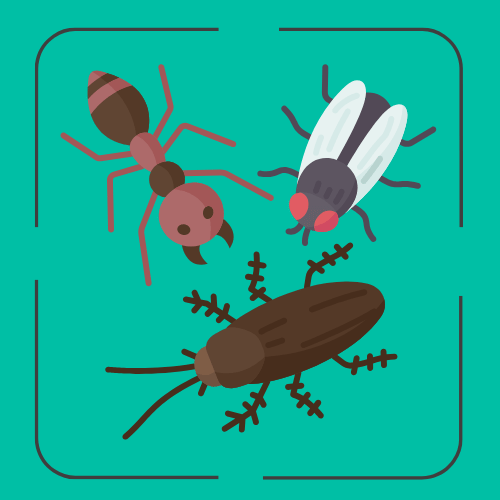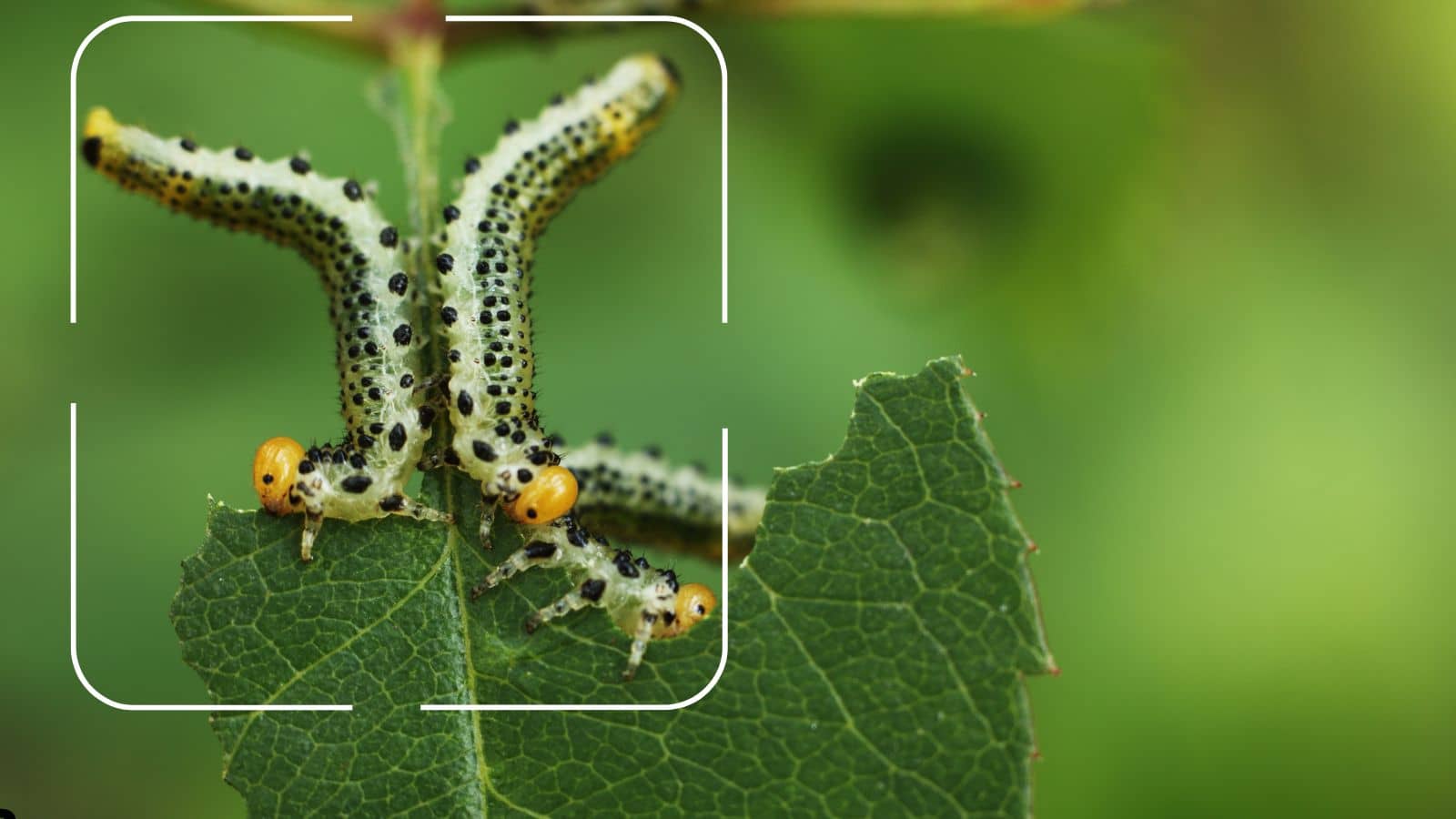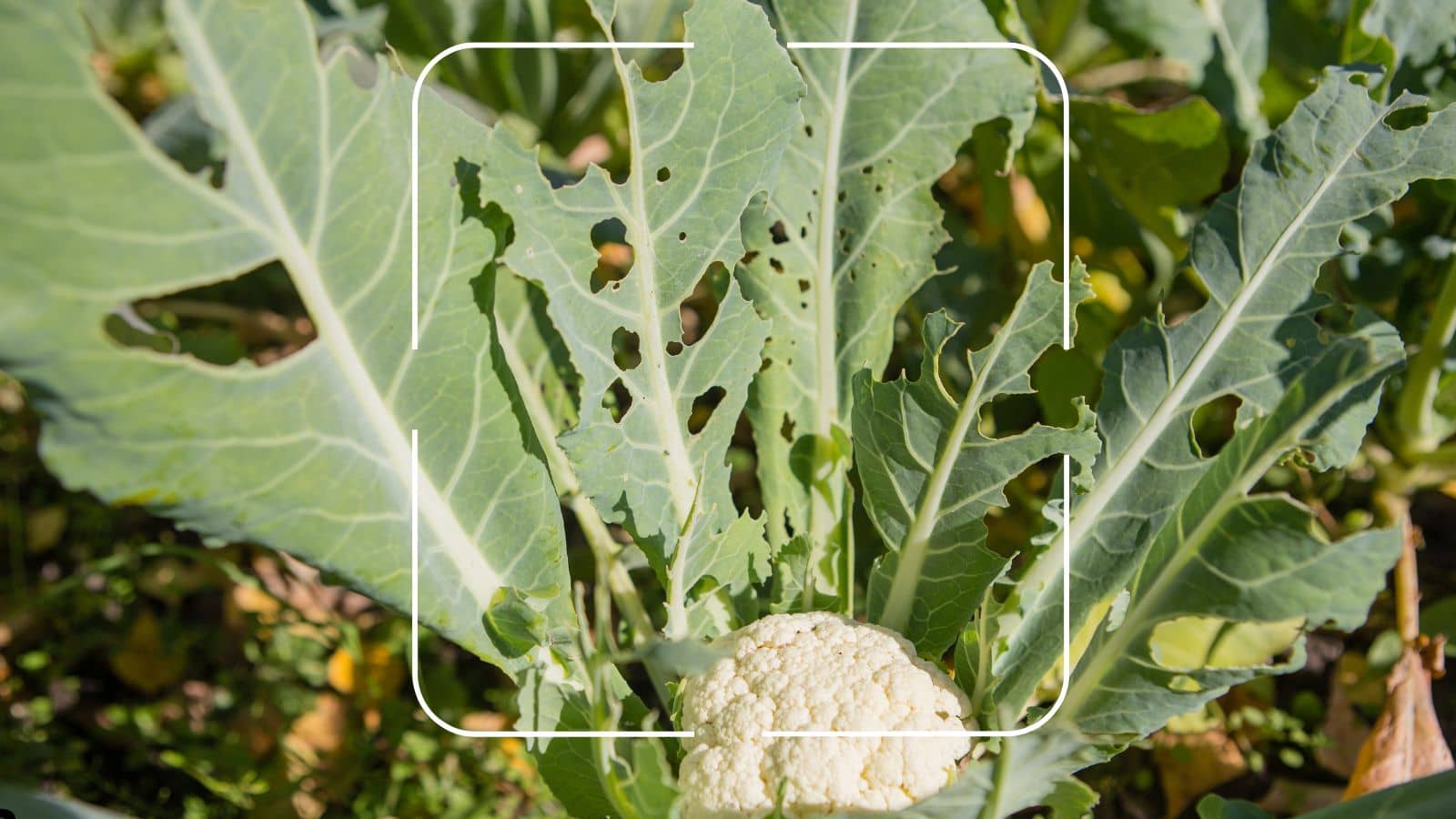AI Pest Identifier: The Future of Smart Pest Control

Keeping plants healthy has always been a challenge, whether you’re growing tomatoes on a balcony, managing a commercial farm, or nurturing an urban green space. Pests are relentless. Identifying them early is the key to preventing damage — but recognizing a tiny insect or subtle leaf discoloration isn’t easy for most people.
Enter the AI pest identifier: a powerful tool combining technology and nature to help gardeners, farmers, and pest control professionals diagnose problems faster and with greater accuracy.
In this guide, we’ll dive deep into how AI pest identifiers work, why they matter, and how to choose the right one — featuring insights from StrongEcho Garden, one of the leading AI-powered platforms revolutionizing pest detection today.
Chapters
- O que é um Identificador de Pragas de IA?
- Como funciona a tecnologia de detecção de pragas por IA?
- Identificador de pragas de IA [Tutorial em vídeo]
- Por que a identificação rápida de pragas é importante
- Benefícios do uso de identificadores de pragas de IA
- Controle de pragas faça você mesmo: o que fazer após a identificação
- Desafios e limitações comuns da detecção de pragas por IA
- O futuro da IA no controle de pragas
- Como escolher o melhor identificador de pragas de IA
- Perguntas frequentes sobre identificadores de pragas de IA
- Considerações finais: combinando ferramentas inteligentes com ajuda especializada
What is an AI Pest Identifier?
An AI pest identifier is a tool — usually an app or an online platform — that uses artificial intelligence to recognize pests based on photographs or user input. By analyzing patterns, colors, sizes, and behaviors, AI can match the image to thousands of stored examples and provide instant feedback on what pest you’re dealing with.
Some identifiers focus on insects; others also recognize plant diseases, fungal infections, or even signs of mice, rats, or deer.
Fast Fact:
Advanced AI identifiers today can differentiate between nearly identical species — a skill that even experienced gardeners sometimes struggle with.
How Does AI Pest Detection Technology Work?
AI pest detection relies on two main technologies:
- Image Recognition: Advanced algorithms scan uploaded images for specific visual markers.
- Machine Learning: The system learns and improves over time as it’s fed more photos and user feedback.
The process:
- Image Capture: You snap a photo or upload an image.
- Pre-Processing: The AI adjusts brightness, contrast, and isolates the object.
- Pattern Analysis: Shapes, colors, textures, and damages are analyzed.
- Comparison: The image is compared to a database of thousands (or millions) of labeled examples.
- Result Delivery: You get a pest name, probability percentage, and sometimes recommended next steps.
Did You Know?
Some AI models can also “read” metadata like geographic location and seasonality to improve accuracy.
AI Pest Identifier [Video Tutorial]
Why Fast Pest Identification Matters
Catching a pest problem early can mean the difference between saving a plant and losing an entire garden.
Without early detection:
- Infestations can multiply rapidly.
- Plants can suffer irreversible damage.
- More aggressive (and sometimes harmful) chemical treatments become necessary.
- Crops can become unsellable in commercial agriculture.
With fast identification:
- You apply targeted treatments sooner.
- You reduce pesticide use.
- You save time, money, and protect biodiversity.
Benefits of Using AI Pest Identifiers
| Benefit | Description |
|---|---|
| Speed | Instant results compared to days of manual research. |
| Accuracy | Up to 90%+ match rates with trained systems. |
| Accessibility | Available anytime via smartphone or computer. |
| Learning | Helps users improve their own pest recognition skills. |
| Eco-friendly | Early detection means fewer chemicals needed later. |

DIY Pest Control: What to Do After Identification
Knowing your pest is only half the battle. Here’s what to do next:
Basic DIY Actions:
- Manual Removal: Pick off visible pests.
- Water Sprays: A strong blast of water can dislodge aphids and mites.
- Organic Sprays: Neem oil, insecticidal soap, or baking soda solutions.
- Physical Barriers: Netting, row covers, and sticky traps.
When to Consider Professional Help:
- Multiple plants are affected.
- Damage is extensive.
- Identification is uncertain.
The pest is invasive or poses health risks (like ticks, termites, or wasps).
Common Challenges and Limitations of AI Pest Detection
No technology is perfect. AI pest identifiers can face challenges like:
- Similar-Looking Species: Some pests look nearly identical.
- Poor Image Quality: Blurry or dark photos reduce accuracy.
- Limited Databases: Some apps lack regional pests.
- False Positives: Occasionally, AI suggests wrong species.
- Hidden Damage: Some pests cause root damage or internal issues unseen by cameras.
Tip: Always cross-check suggestions and monitor the situation closely.
The Future of AI in Pest Control

The next frontier of AI pest control looks incredibly promising:
Augmented Reality (AR): Instantly overlay pest identification onto your garden view.
Predictive Analytics: Forecast outbreaks based on weather patterns.
Integrated Drones: Use aerial scans for large farms and greenhouses.
Biological Control Matching: Suggest natural predators based on pest detected.
As AI continues to evolve, so will our ability to prevent pest disasters sustainably.
How to Choose the Best AI Pest Identifier
Ask yourself:
- Coverage: Does it include insects, diseases, and wildlife?
- Accuracy: Does it show confidence levels and allow user feedback?
- User-Friendliness: Is the app intuitive and quick?
- Data Privacy: Does the company protect your garden’s information?
- Support: Can you get human expert help if needed?
Top Choices Right Now:
- StrongEcho Garden — Best for overall use to get the most out of your gardening.
- Plantix — Great for farmers and vegetable growers.
- PictureThis — Good for general plant health monitoring.
n ever to spot problems early, take quick action, and call in professional support when needed. Combining smart tech with real-world expertise is the future of effective, sustainable pest control.
👉 [Stay ahead of pests with StrongEcho Garden — and when in doubt, book a free inspection with certified pest experts today!]
FAQs About AI Pest Identifiers
Are AI pest identifiers reliable?
Yes — especially for common pests. However, always verify results when possible.
Can AI apps suggest treatments?
Many do! StrongEcho Garden, for instance, offers both organic and chemical treatment options based on identification.
Are AI pest identifiers free?
Some have free versions. Full features, like alerts and expanded libraries, often require a subscription.
Will AI replace pest control services?
No. AI helps with early detection but professional intervention is needed for large or hazardous infestations.
Final Thoughts: Combining Smart Tools with Expert Help
AI pest identifiers are changing how we protect our plants — but they’re not magic bullets. They’re tools — incredibly useful ones — for anyone who cares about healthy gardens and green spaces.
With platforms like StrongEcho Garden leading the way, it’s easier than ever to spot problems early, take quick action, and call in professional support when needed. Combining smart tech with real-world expertise is the future of effective, sustainable pest control.
Create more and better content
Check out the following resources and Grow!